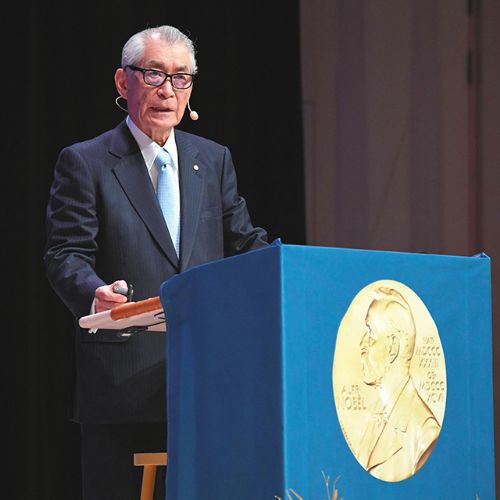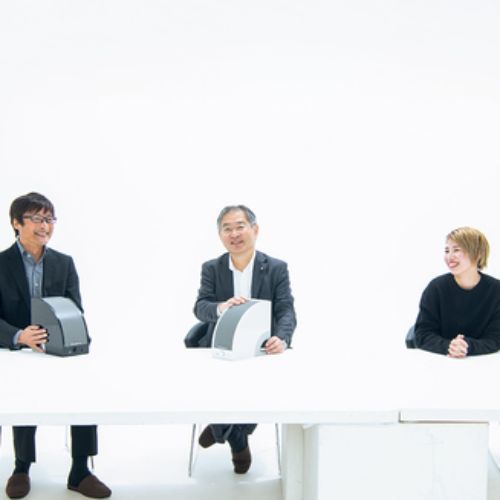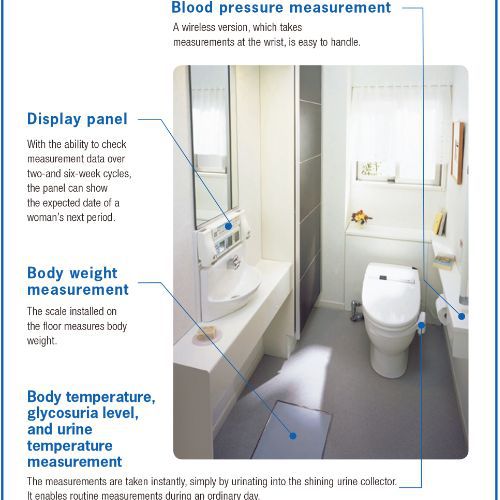Working toward longer, healthier lives for its people, Japan is boosting its medical sector. A cluster of medical industries emerges out of Kobe as a new model for society.
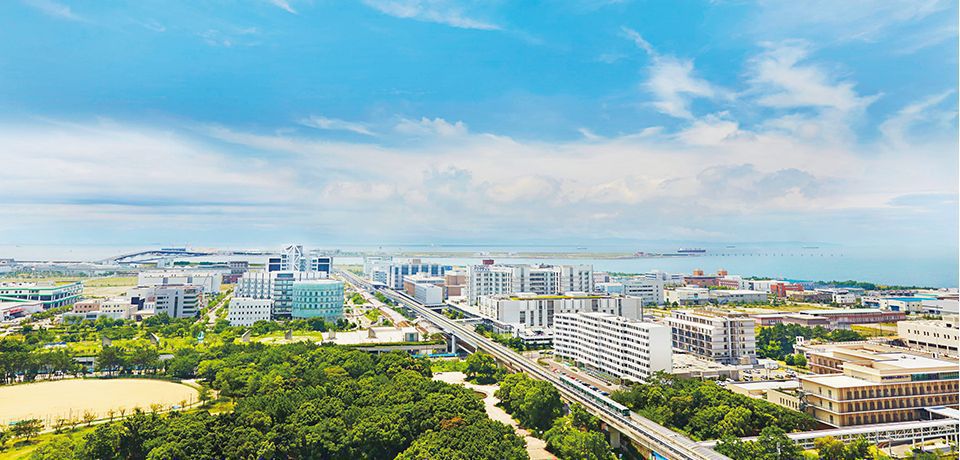
The Kobe Biomedical Innovation Cluster occupies the southern half of Port Island, a man-made island in the port of Kobe. With plenty of space for neighbors, more medical-related companies are anticipated to be located here in the future.
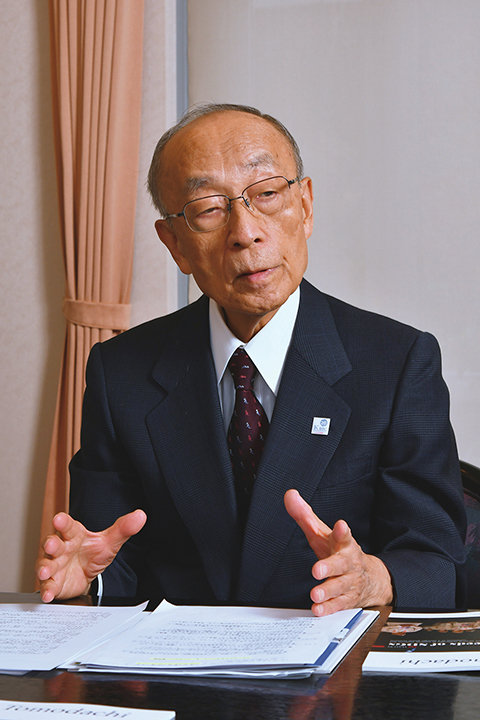
Dr. Hiroo Imura, M.D., Ph.D. is honorary president of the Foundation for Biomedical Research and Innovation at Kobe, and former President of Kyoto University. He served as the director of Kobe City Medical Center General Hospital, which lies at one of the core institutions of the developing biomedical cluster.
The Kobe Biomedical Innovation Cluster -containing about 350 research institutions, hospitals, universities, pharmaceutical companies, medical device manufacturers, and other corporations as of 2018- is the greatest concentration of biomedical research and development in Japan. Leading-edge treatments are being developed here through partnerships between industry, government, academia, and the medical community.
The impetus for starting the cluster was the Great Hanshin-Awaji Earthquake of January 1995, which devastated Japan’s Kinki region. Especially hardhit by the disaster, Kobe decided to respond to the unprecedented destruction by reconstructing itself creatively as a city with a strong biomedical sector.
Dr. Hiroo Imura, the honorary president of the Foundation for Biomedical Research and Innovation at Kobe (FBRI), remembers it this way: “We were aiming not just at recovering from the earthquake, but at starting something new. With the on-going transformation of Japan into a nation with fewer young people and more seniors, we knew that medicine and health would be growth industries.”
The vision of “translational research” has guided the foundation’s course. This requires an ecosystem-like transfer of ideas and skills from basic biomedical research into diagnosis and treatment, with hands-on involvement by medical businesses. The foundation directed its efforts towards projects such as creating the Translational Research Informatics Center, Japan’s first research institution to promote translational research.
Since RIKEN, one of Japan’s leading comprehensive research organizations, had already established an operations center in Kobe, the plan moved forward swiftly.
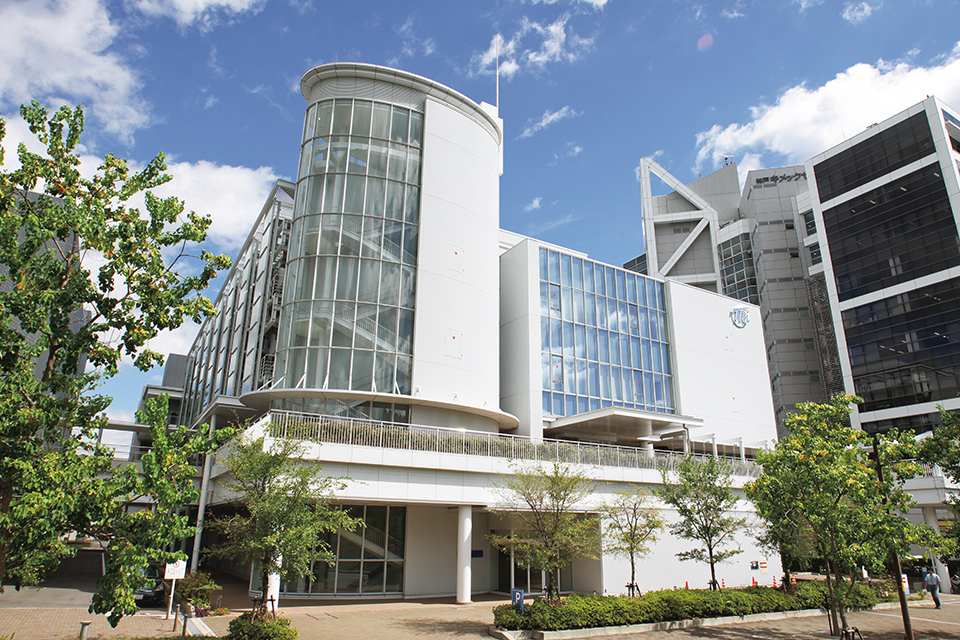
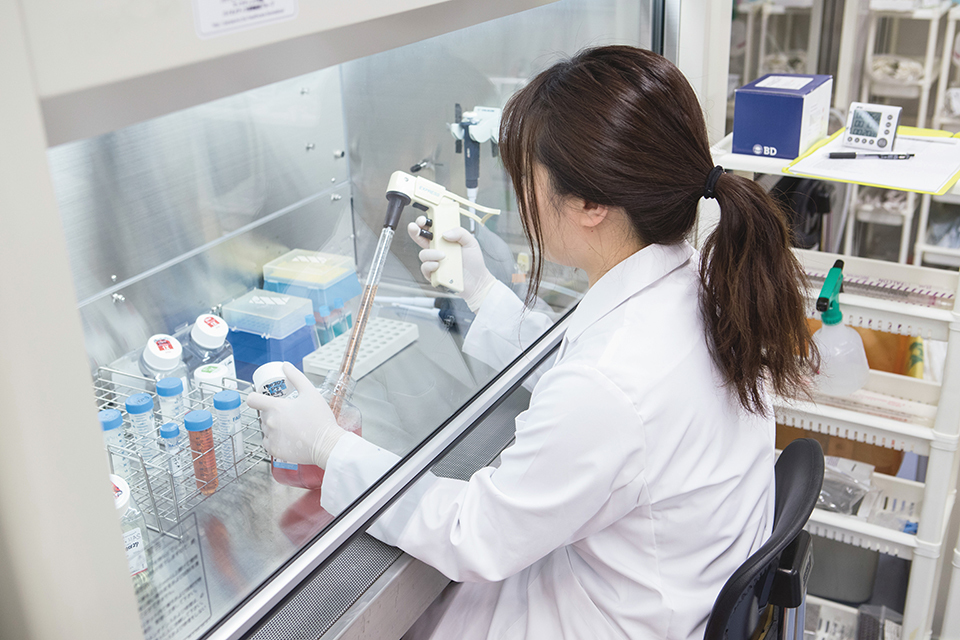
The Translational Research Informatics Center is an information base that promotes translational research.
An environment is being created that allows researchers to move smoothly between basic research and clinical practice, thus contributing to the development of medical science.
“People had concerns about the suitability of Kobe, which had lacked an infrastructure for the medical sector,” recalls Dr. Imura. “But with the RIKEN laboratory and the Foundation for Biomedical Research and Innovation at Kobe at the core, and through promoting the concept of translational research, more and more companies joined in. That is the character of the Kobe cluster, and its strength.”
RIKEN also decided to locate the K computer, developed jointly with Fujitsu Limited, in the cluster. The availability of its vast computational power is a tremendous asset to companies seeking to develop new products such as pharmaceuticals and medical devices. Development is also underway on the post-K supercomputer, with plans calling for installation at the same location, and full operations to begin around 2021.
Results that contribute to global society are already beginning to take shape. In 2014, a patient with age-related macular degeneration, which occurs as a person ages, was treated by a team led by RIKEN, Kobe City Medical Center General Hospital and FBRI which achieved the first transplantation of retinal pigment epithelium sheet grown from the patient’s own iPS cells (induced pluripotent stem cells). That was followed in 2017 by the transplantation of retinal pigment epithelium sheet grown from another person’s iPS cells. At the Kobe Eye Center, specialized eye research continues to advance. As the population grows older, the practical implementation of regenerative medicine is gaining attention.
“Since Japan is aging faster than other nations, we need to promote medical innovation for the benefit of the world,” says Dr. Imura.
Having marked its 20th anniversary in 2018, the Kobe Biomedical Innovation Cluster is poised to continue making contributions to world’s health.
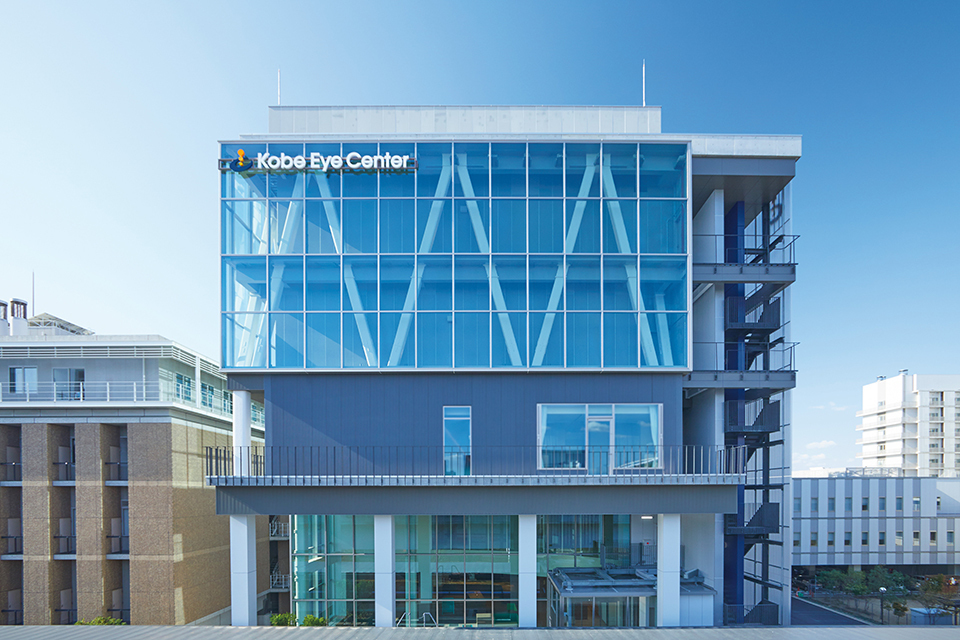
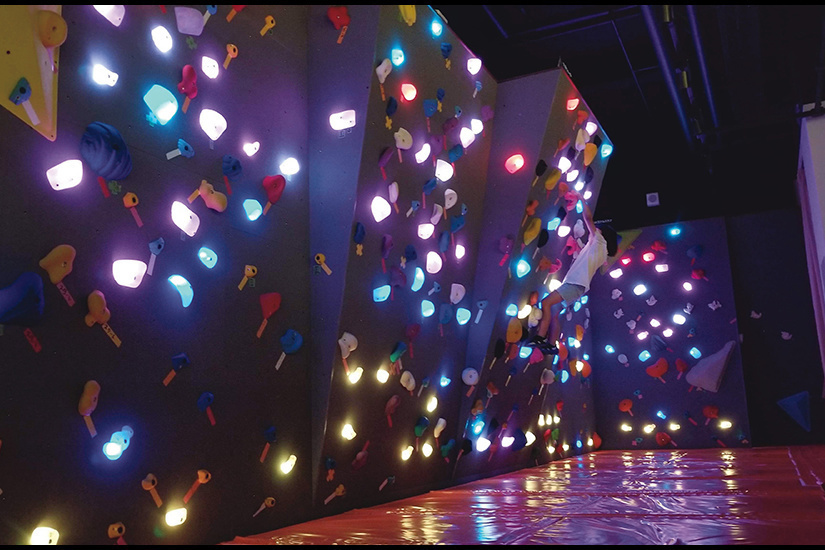
Designed as a one-stop center for eyecare, the Kobe Eye Center was established in December 2017 with facilities for research, treatment, rehabilitation, and even social support, drawing patients from all over Japan. The facility includes a light-and sound-guided climbing wall, which makes rehabilitation fun.
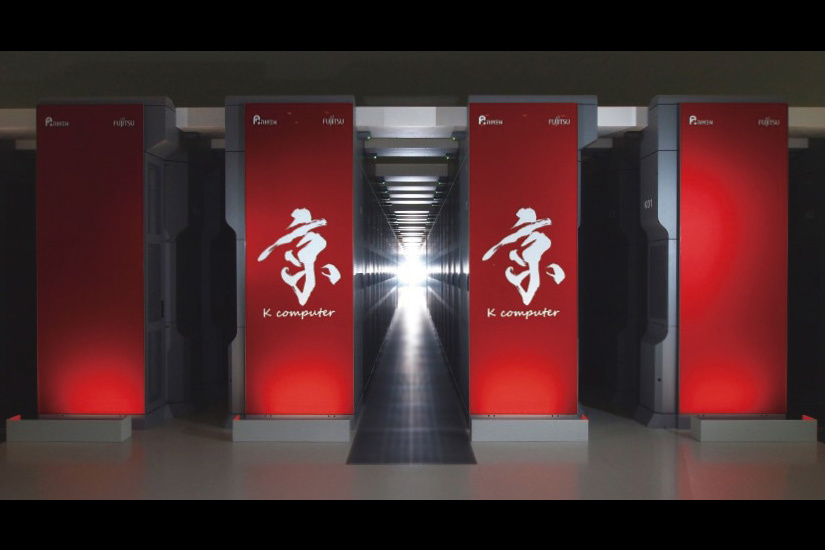
The K computer jointly developed by RIKEN and Fujitsu Limited. The post-K supercomputer is currently in development with the goal of achieving 100x improvement over the K computer in terms of application execution performance.


























